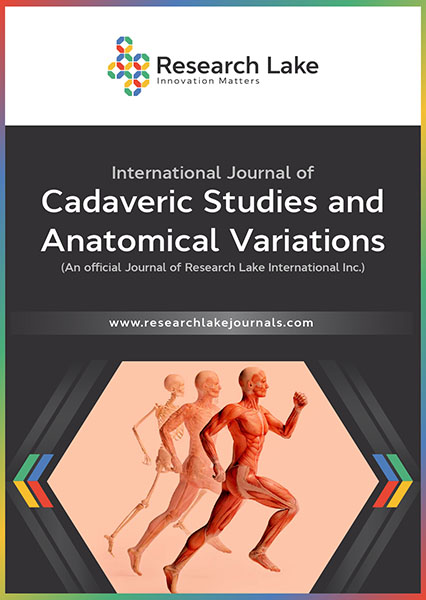Bilateral Long Head of the Triceps Brachii Muscle Innervation via Axillary Nerve: A Case Report
Abstract
The radial nerve has traditionally been considered the innervation of the long head of the triceps brachii (LHT). However, cadaveric studies have discovered LHT innervation via the axillary nerve in roughly 6-15 % of shoulders. A cadaver with exclusive axillary nerve innervation to the LHT bilaterally was discovered during cadaveric dissection in a graduate course at Samford University. This anatomical variation may have clinical implications for surgeries, shoulder dislocations, and quadrilateral space syndrome. Axillary nerve injuries may additionally present with shoulder extension and elbow extension weakness if this variation is present.
Copyright (c) 2023 William M Scogin, Alexandra R Vinson, Cristina B Pfister, Kathryn M Johnson, Jamie N Holmes, Hannah E Capps, Cassidy R Romans, R Mark Caulkins, Kathleen E McKeon, Nicholas B Washmuth

This work is licensed under a Creative Commons Attribution-NonCommercial 4.0 International License.
Copyright © by the authors; licensee Research Lake International Inc., Canada. This article is an open access article distributed under the terms and conditions of the Creative Commons Attribution Non-Commercial License (CC BY-NC) (http://creativecommons.org/licenses/by-nc/4.0/).















